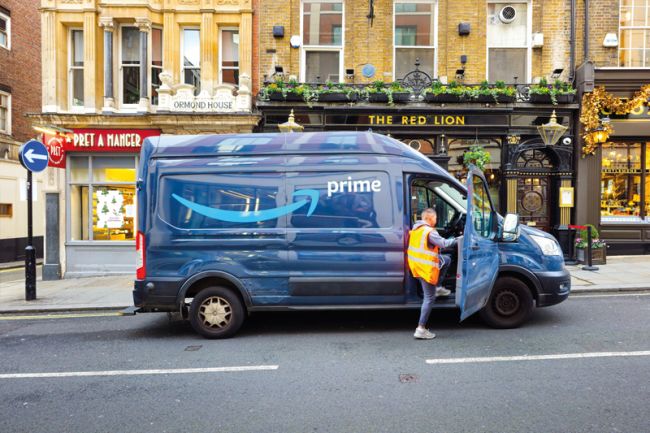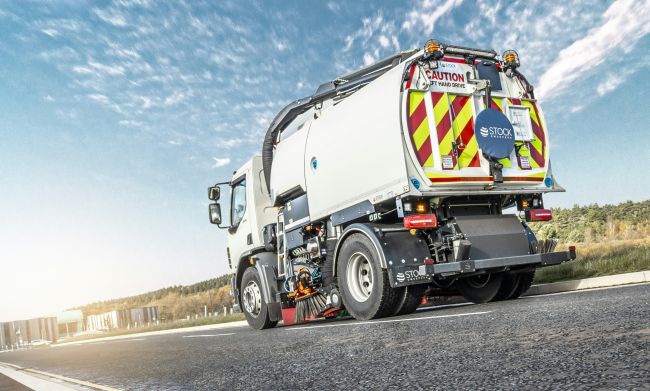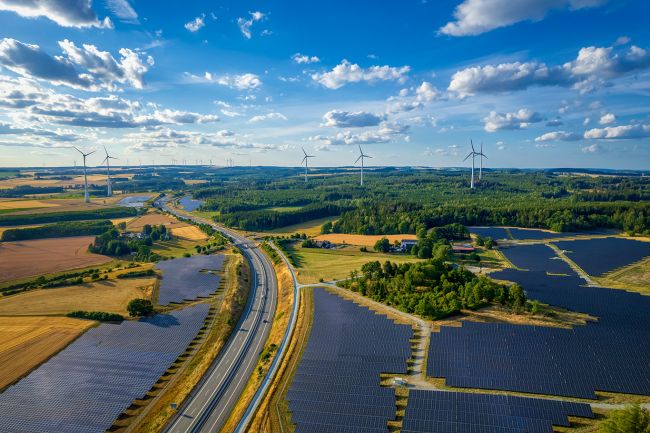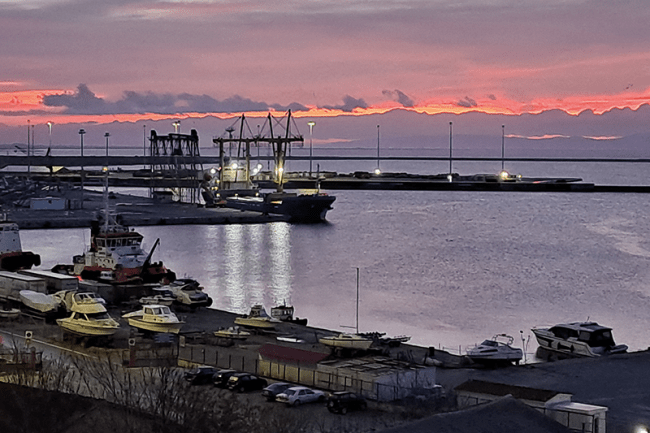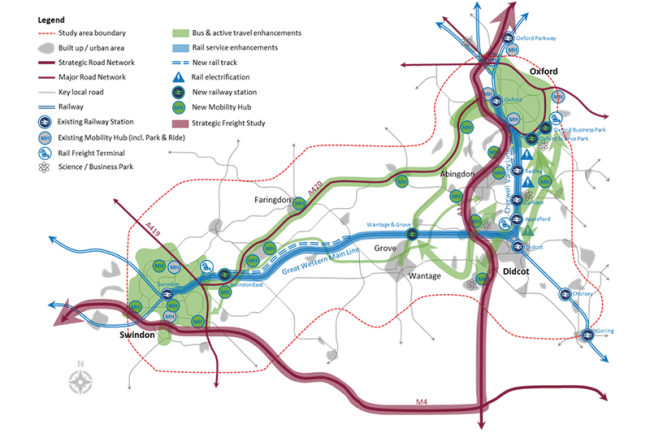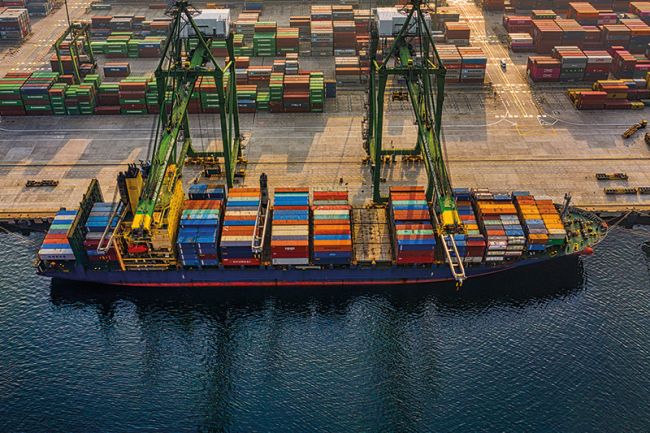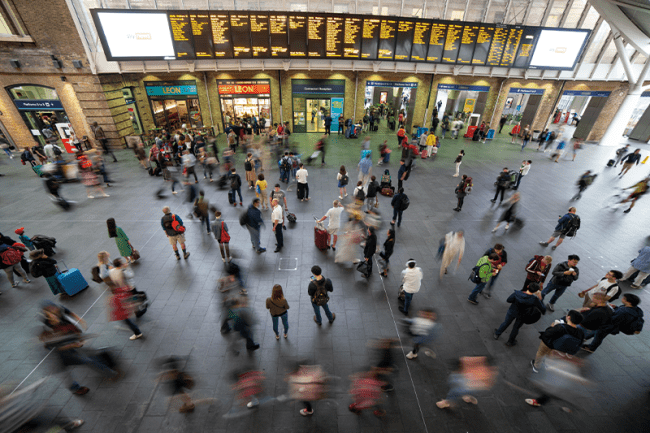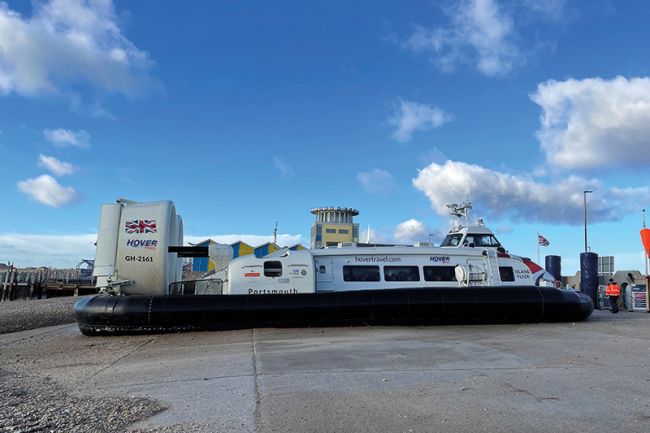Onshore Power Supply: Time for action
Shifting from traditionally fuelled engines to electricity provision at berths can benefit ports and the neighbouring urban areas.
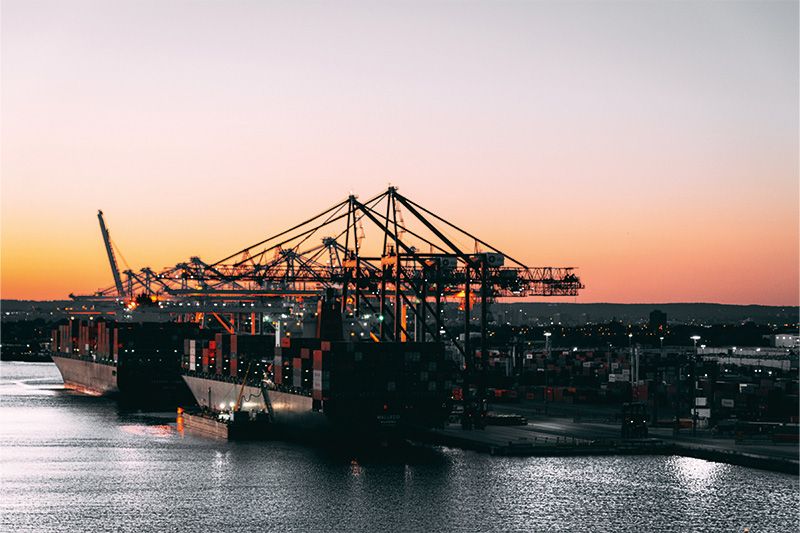
In a previous article, I discussed the challenges and opportunities of decarbonizing the ports and maritime sector as well as the international legislative framework which looks set to shape this future. Among the wide range of actions to decarbonize the sector, onshore power supply (OPS) is becoming particularly relevant.
Ships that stay at ports have impacts on local pollution and noise, and shifting from traditionally fuelled engines to electricity provision at berths can benefit ports and the neighbouring urban areas. Benefits vary depending on the magnitude of traffic, the types of vessels which dock in the port, and related mooring times.
The recently approved FuelEU Maritime and Alternative Fuels Infrastructure European Regulations include provisions concerning onshore power at TEN-T ports. In particular, the two pieces of legislation respectively focus on the demand and supply of onshore power: they mandate container and passenger ships over 5,000 gross tonnage operating for commercial purposes to use onshore power when moored, and ports to provide it from 2030. The Regulations include details on scope of application and exemptions, but they appear setting a clear direction to decarbonize the ports and shipping sectors.
Time for action
Steer has recently supported the Italian Central Adriatic Ports Authority in analysing the challenges and economic sustainability of OPS in the ferry sector within the Sustainable Ports European project.
There are multiple elements that Port Authorities, terminals and shipping lines in Europe need when considering deploying OPS; here are some lessons we’ve learned through our work:
- OPS demand estimation is essential from different points of view: it allows ports and terminals to plan adequate capacity to ensure regulatory compliance, and properly manage supply over time. The starting point is analysing ship calls and consumption by ship type and mooring times, but ports and terminals will also have to engage with shipping lines to understand the evolution of their shipping patterns and fleets. In the case that OPS is concessioned the level of demand will also play a key role for the concessionaire to absorb operational fixed costs.
- Traditional fuels and electricity comparative prices play a key role in determining the convenience for shipping lines to use OPS. While it is difficult to predict how energy prices will evolve (we observed high volatility), historic prices of electricity and Very Low Sulphur Fuel Oil (VLSFO) before the pandemic and the war in Ukraine suggest that using traditional fuels could be more convenient. This could have implications on actual demand before OPS becomes mandatory, as well as call for public contributions to support the sector. Eventual exemptions on charges, duties and taxes also play a role in OPS profitability.
- CapEx quantification is important, both in case the concessionaire funds the investment through returns, or in case public funds are available (as in the case of Italy through the Next Generation EU funding). On board investments are also needed by shipping lines.
- From a technical point of view, IEC standards on utility connections in ports would allow electric compatibility between ships and berth equipment; nevertheless, a careful analysis of the mechanical compatibility is also advisable.
- On top of these points, sufficient energy network capacity is needed. This needs a wider analysis at the specific port locations, and engagement with relevant stakeholders in the energy industry.
As we approach mandatory OPS by 2030, and more broadly Net Zero by 2050, issues such as these will need to be addressed. Steer is here to help.
How can Steer help?
Steer has extensive expertise which can help port authorities, terminals and maritime players with OPS projects. We can offer assistance with the analysis of the implications of the European policy and regulatory framework, provide international benchmarks and best practice advice, and help plan OPS projects from the technical, economic and financial perspectives.
To learn more about how Steer could help you with ports and maritime projects contact Alberto Preti.
To learn more about Steer’s world-leading sustainability offer, contact Serbjeet Kohli.



